Faucets are an essential part of our daily lives, whether it’s in the kitchen or bathroom. However, over time, you may notice a white crusty substance forming around the edges of your faucets and fixtures. This buildup is called calcium deposits, also known as limescale. Not only do these deposits look unsightly, but they can also cause problems with your faucets and affect the water flow. In this guide, we’ll discuss how to prevent calcium buildup on faucets and keep them looking clean and functioning properly.
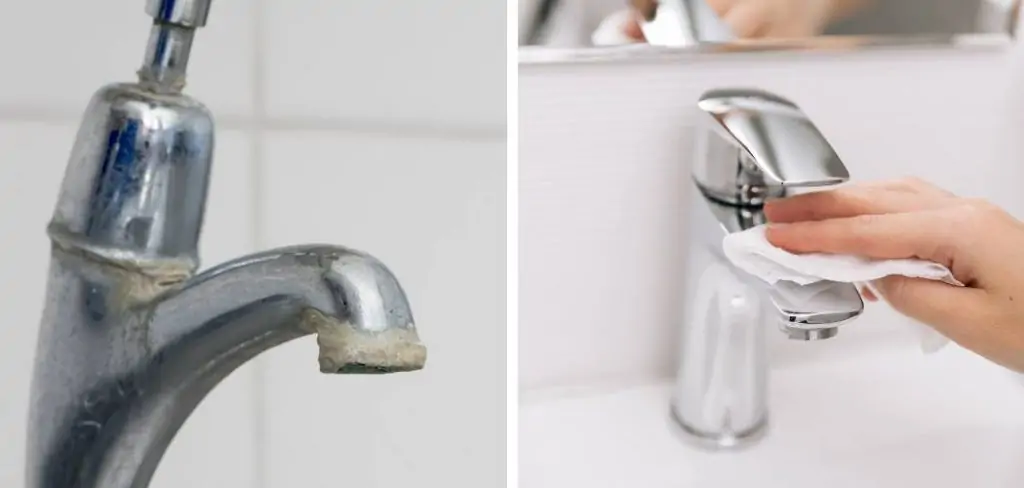
What Causes Calcium Buildup?
Calcium deposits form when hard water is heated, evaporated, or left to sit for extended periods. Hard water contains a high level of minerals such as calcium and magnesium. When these minerals combine with heat or air, they form into a white, chalky substance that clings to surfaces. This process is known as scaling and can also occur in appliances such as dishwashers and washing machines.
What Are Some Signs That Your Faucets Have Calcium Buildup?
Some signs that your faucets may have calcium buildup include:
- White or brownish crusty residue on the edges of the faucet or fixture.
- Reduced water flow due to clogged aerators.
- Difficulty turning the handle due to mineral deposits inside the faucet’s mechanism.
- Stains and discoloration on porcelain sinks and tubs.
7 Easy Ways on How to Prevent Calcium Buildup on Faucets
Dealing with a crusty layer of calcium buildup on your faucets can be frustrating. Not only does it look unsightly, it can also lead to reduced water flow and even damage to the fixture over time. Fortunately, there are preventative measures you can take to keep your faucets sparkling and working efficiently. Here are seven effective techniques to prevent calcium buildup and keep your faucets in top condition.
1. Use a Water Softener
One of the most effective ways to prevent calcium buildup is by installing a water softener in your home. Water softeners work by removing minerals like calcium and magnesium from your water supply, which are the primary culprits of limescale. This appliance can significantly reduce the amount of scale that forms on your faucets, leading to less maintenance and a longer life for your fixtures. It’s an investment that not only benefits your faucets but also your pipes and other water-related appliances.
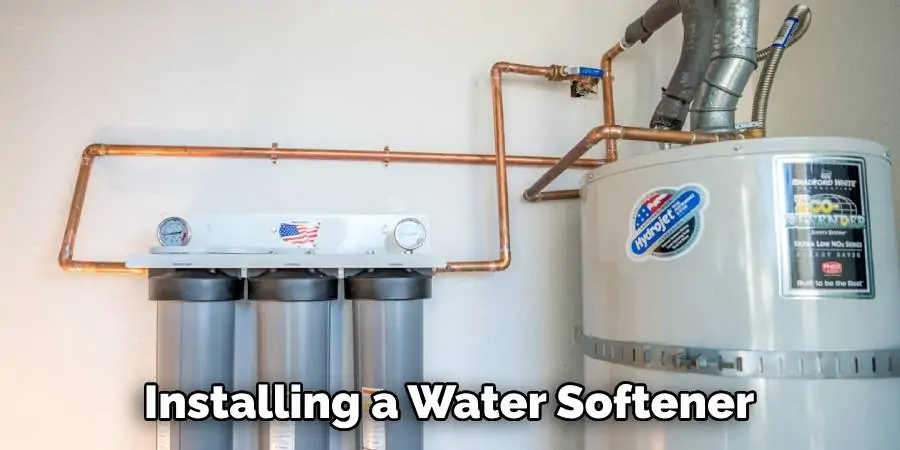
2. Wipe Down Faucets Regularly
Prevention can be as simple as incorporating a new habit into your cleaning routine. Make it a regular practice to wipe down your faucets after every use. Use a soft cloth or a squeegee to remove any water droplets, which can leave behind mineral deposits. By keeping the surface dry, you can minimize the opportunity for calcium to build up. In addition to maintaining the appearance, this practice also prevents corrosion and ensures the structural integrity of your faucets.
3. Vinegar Solution
If buildup has already occurred, a vinegar solution offers an eco-friendly and effective way to tackle it. Mix equal parts white vinegar and water in a spray bottle and apply the solution to the affected areas. Allow it to sit for several minutes to break down the calcium, then scrub with a soft brush or sponge. Regular use of this method can help to keep your faucets clear of scale and running smoothly.
4. Lemon and Baking Soda Scrub
Another natural remedy for calcium buildup involves using the power of lemon and baking soda. Simply cut a lemon in half, dip it into some baking soda, and scrub the faucet. The citric acid in the lemon works as a natural solvent to break down the calcium, while the baking soda provides a gentle abrasive action to help lift the deposits. This method is not only effective but also leaves a fresh, clean scent behind.
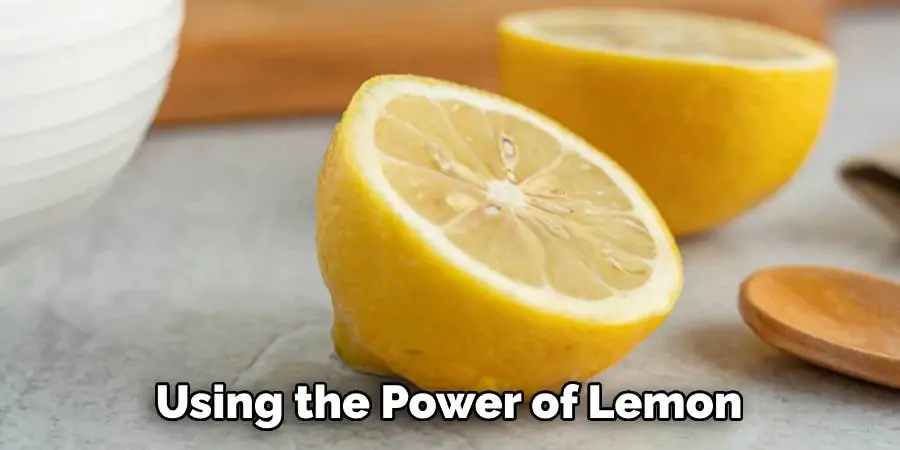
5. Seal with Car Wax
A somewhat unconventional but highly effective method involves using car wax to seal your faucets. Apply a thin layer of car wax to a clean, dry faucet and allow it to dry. Once dry, buff the wax away with a soft cloth. This process creates a protective barrier that can make it more difficult for calcium to adhere to the faucet’s surface. It’s important to use car wax that does not contain abrasives, as these could damage the finish of your faucet.
6. Install a Faucet Filter
Consider installing a faucet filter with a cartridge designed to reduce scale and other impurities. These filters can be a simple and effective way to prevent calcium and other minerals from forming on your faucets. They also provide the added benefit of filtering out other contaminants, improving the taste and quality of your water. Be sure to change the filter according to the manufacturer’s recommendations to maintain its effectiveness.
7. Combating Hard Water at the Source
Ultimately, preventing calcium buildup is about addressing hard water at its source. If you are on municipal water, research the water quality in your area and consider alternative filtration methods. For homeowners with well water, a custom water treatment approach may be necessary to remove or neutralize the minerals causing hard water. Partnering with a water quality professional can help you understand your options and select the best long-term solution.
By implementing these preventive measures, you can save time and effort on cleaning and maintenance while extending the life of your faucets. Whether you’re looking to take simple steps or invest in long-term solutions, there’s a strategy here for everyone to enjoy the benefits of clear, clean, and scale-free faucets.
5 Things to Avoid When Dealing with Calcium Buildup on Faucets
While there are many effective ways to prevent and remove calcium buildup on your faucets, it’s also important to know what not to do. Here are five things to avoid when dealing with this pesky problem.
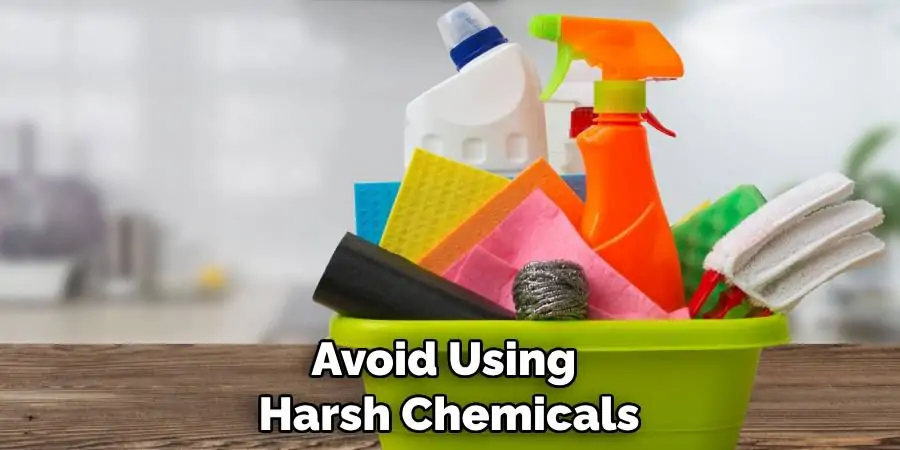
- Avoid using harsh chemicals or abrasive cleaners, as they can damage the finish of your faucet and make it easier for calcium to adhere.
- Do not use metal scrubbers or hard-bristled brushes to clean your faucets, as they can scratch the surface and create an entry point for mineral buildup.
- Refrain from using hot water when trying to remove calcium deposits, as it can cause them to harden and become more difficult to remove.
- Avoid ignoring small signs of calcium buildup, as it will only worsen over time and can eventually lead to irreversible damage to your faucets.
- Do not neglect regular maintenance and cleaning, as preventative measures are the best way to keep calcium buildup at bay. By staying proactive, you can save yourself from the headaches of dealing with a heavily scaled faucet in the future.
Frequently Asked Questions
What is the Best Way to Dissolve Calcium Build Up?
Battling the relentless foe of calcium buildup on your faucets can feel like a ceaseless task, but with the right approach, you can emerge victorious and maintain the gleam of your fixtures. The trick to preventing this crusty adversary lies not only in the tools you wield but also in your consistency. Regularly swiping the faucet with a vinegar-doused cloth can work wonders, as the acetic acid gently erodes the calcium deposits, restoring the splendor of your tapware.
For those tenacious spots that seem impervious to your efforts, creating a paste from baking soda and vinegar can add the needed abrasion to banish them entirely. Apply, wait, and wash away to reveal the full brilliance of your well-cared-for faucets. Ensuring that you know how to prevent calcium buildup on faucets is the secret to keeping your bathroom and kitchen shining with the unmarred luster of clean faucets, free from the grip of mineral invaders.
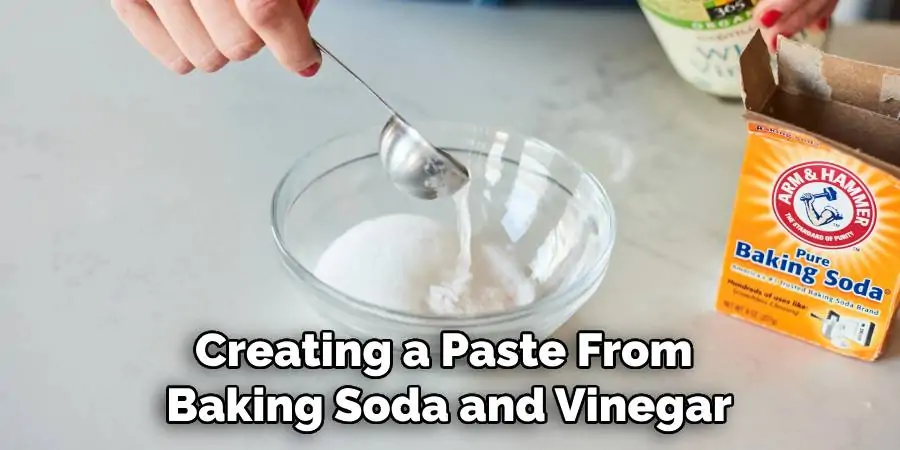
When Should I Replace My Faucet Filter?
Your faucet filter should be replaced according to the manufacturer’s recommendations, which can usually be found on the packaging or manual. Typically, faucet filters should be replaced every 3-6 months, but this may vary depending on your water usage and quality. If you notice a decrease in water flow or a change in the taste/odor of your tap water, it may be time to replace your filter sooner.
How Can I Prevent Hard Water in My Home?
The best way to prevent hard water in your home is by installing a water softener or using a water filtration system. Water softeners use salt to remove the minerals that cause hard water, while filtration systems can remove various impurities and chemicals from your tap water. It’s important to research and consult with a professional to determine the best solution for your specific home and water supply.
Additionally, regularly maintaining and cleaning your fixtures as mentioned earlier can also help prevent hard water buildup on faucets. By taking proactive measures, you can enjoy clean, clear, and functional faucets in your home for years to come.
Conclusion
In this guide, we’ll discuss how to prevent calcium buildup on faucets, why it’s important to address hard water at its source, and some common mistakes to avoid when dealing with this issue. Remember, regular maintenance and investing in proper filtration methods can go a long way in keeping your faucets free from calcium buildup. So, be sure to clean regularly, follow the manufacturer’s recommendations for filter replacement, and address any underlying hard water issues in order to keep your faucets functioning and looking their best.
With these tips, you can enjoy clean, clear, and scale-free faucets in your home for years to come. So take charge of your water quality today and start enjoying the benefits of crystal clear and functional faucets! Remember, prevention is key when it comes to maintaining the longevity of your fixtures.
